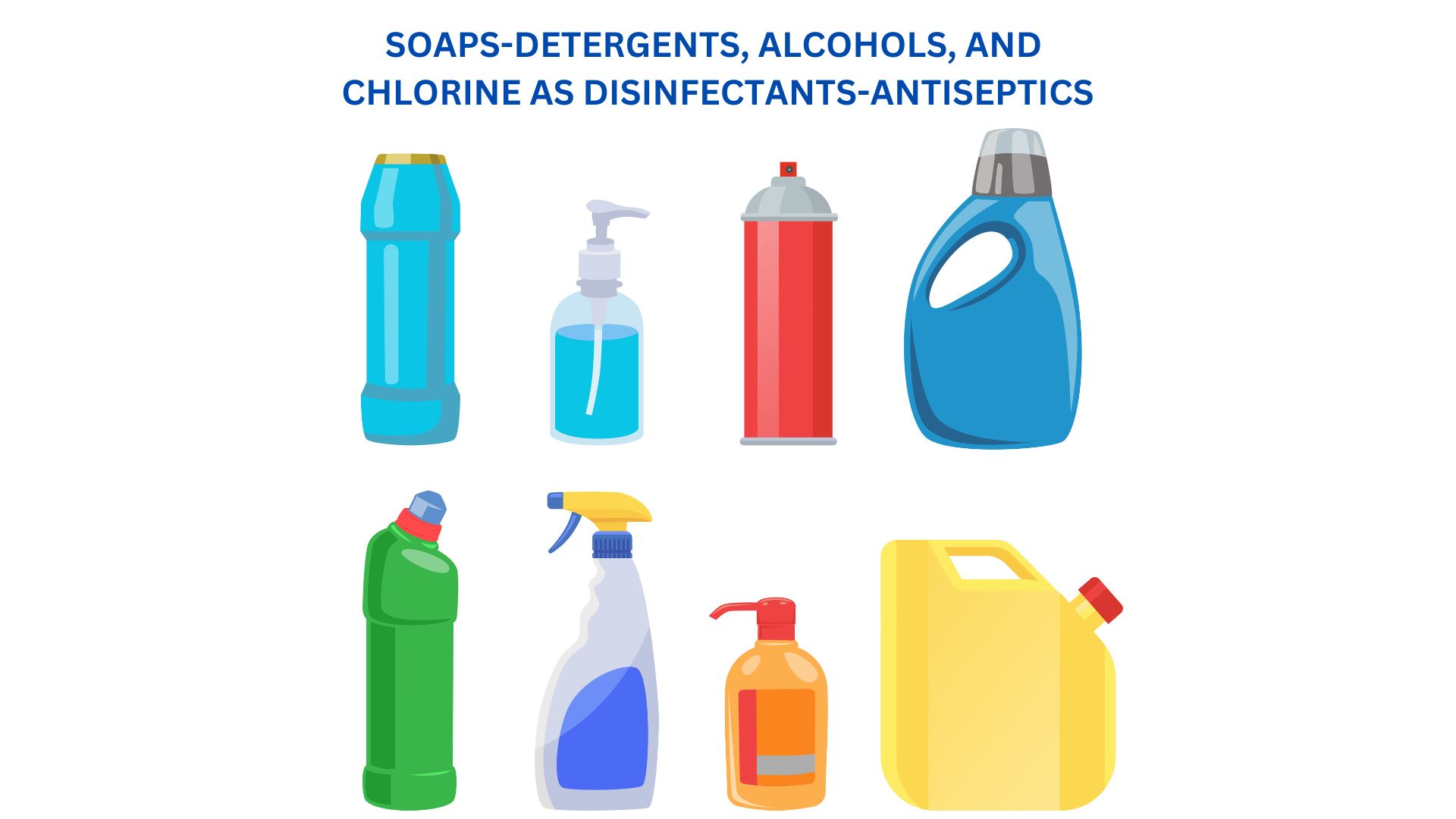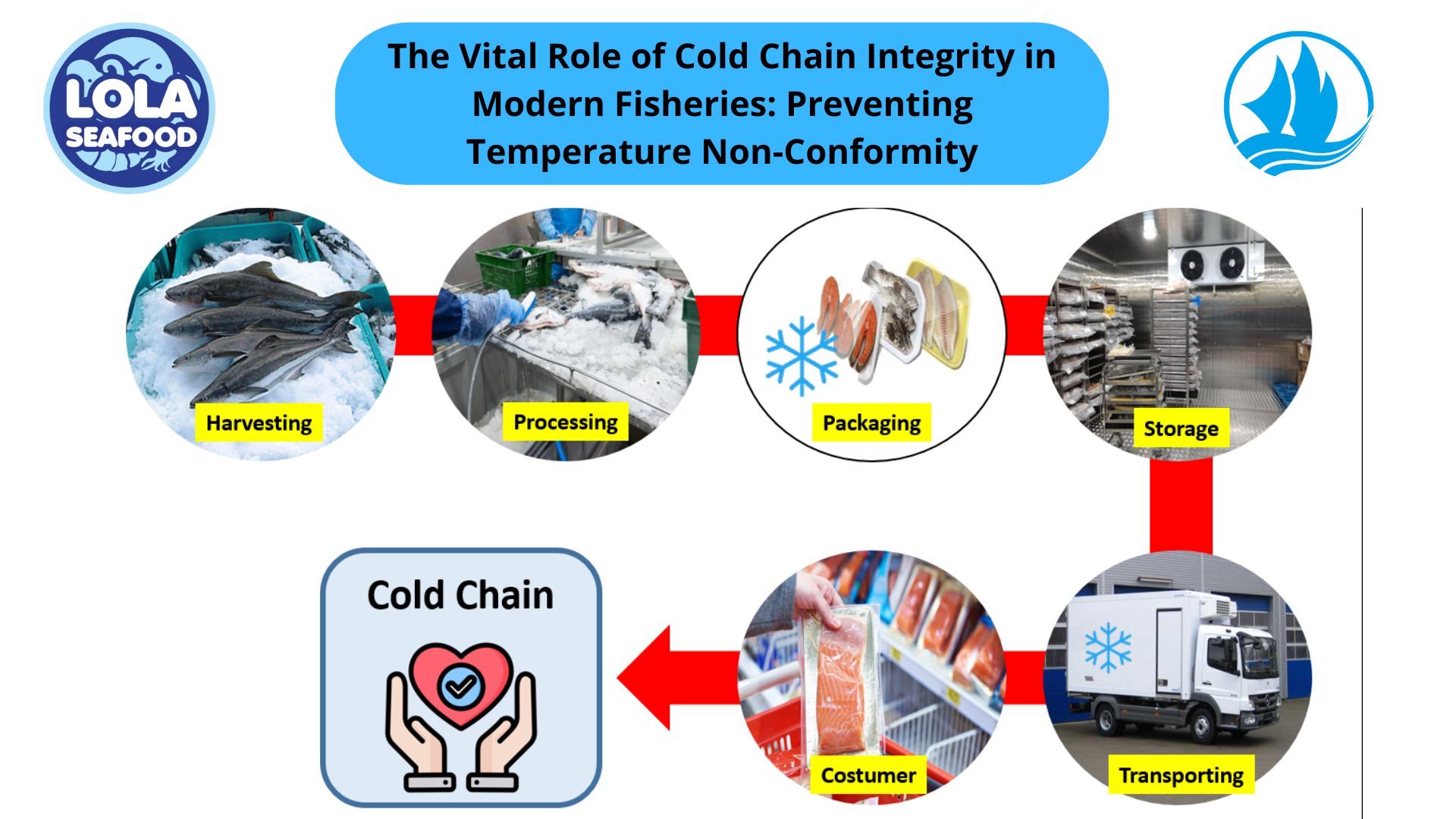SOAPS-DETERGENTS, ALCOHOLS, AND CHLORINE AS DISINFECTANTS-ANTISEPTICS
By. Najih - 10 Jul 2024
Disinfectans and antiseptics are both widely used to control infections. They kill microorganisms such as bacteria, viruses, and fungi using chemicals called biocides. Disinfectants are used to kill germs on non-living surfaces. Antiseptics kill microorganisms on your skin. A large number of such chemicals are in common use. Some of the more common groups are listed below:
1. Soaps and detergents
Soaps are only mildly microbicidal. Their use aids in the mechanical removal of microorganisms by breaking up the oily film on the skin (emulsification) and reducing the surface tension of water so it spreads and penetrates more readily. Some cosmetic soaps contain added antiseptics to increase antimicrobial activity. Detergents may be anionic or cationic. Anionic (negatively charged) detergents, such as laundry powders, mechanically remove microorganisms and other materials but are not very microbicidal. Cationic (positively charged) detergents alter membrane permeability and denature proteins. They are effective against many vegetative bacteria, some fungi, and some viruses. However, bacterial endospores and certain bacteria such as Mycobacterium tuberculosis and Pseudomonas species are usually resistant. They are also inactivated by soaps and organic materials like excreta. Cationic detergents include the quaternary ammonium compounds such as benzalkonium chloride, zephiran, diaprene, roccal, ceepryn, and phemerol.
2. Alcohols 70% solutions of ethyl or isopropyl alcohol are effective in killing vegetative bacteria, enveloped viruses, and fungi. However, they are usually ineffective against endospores and non-enveloped viruses. Once they evaporate, their cidal activity will cease. Alcohols denature membranes and are often combined with other disinfectants, such as iodine, mercurials, and cationic detergents for increased effectiveness.
3. Chlorine Chlorine gas reacts with water to form hypochlorite ions, which in turn denature microbial enzymes. Chlorine is used in the chlorination of drinking water, swimming pools, and sewage. Sodium hypochlorite is the active agent in household bleach. Calcium hypochlorite, sodium hypochlorite, and chloramines (chlorine plus ammonia) are used to sanitize glassware, eating utensils, dairy and food processing equipment, hemodialysis systems, and treating water supplies.
.jpg)
The Impact of HACCP-Based Integrated Quality Management Programs on the Quality and Competitiveness of Fresh Demersal Fish Products
 and Employee Productivity on the Demersal Fish Processing Floor.jpg)

.jpg)




